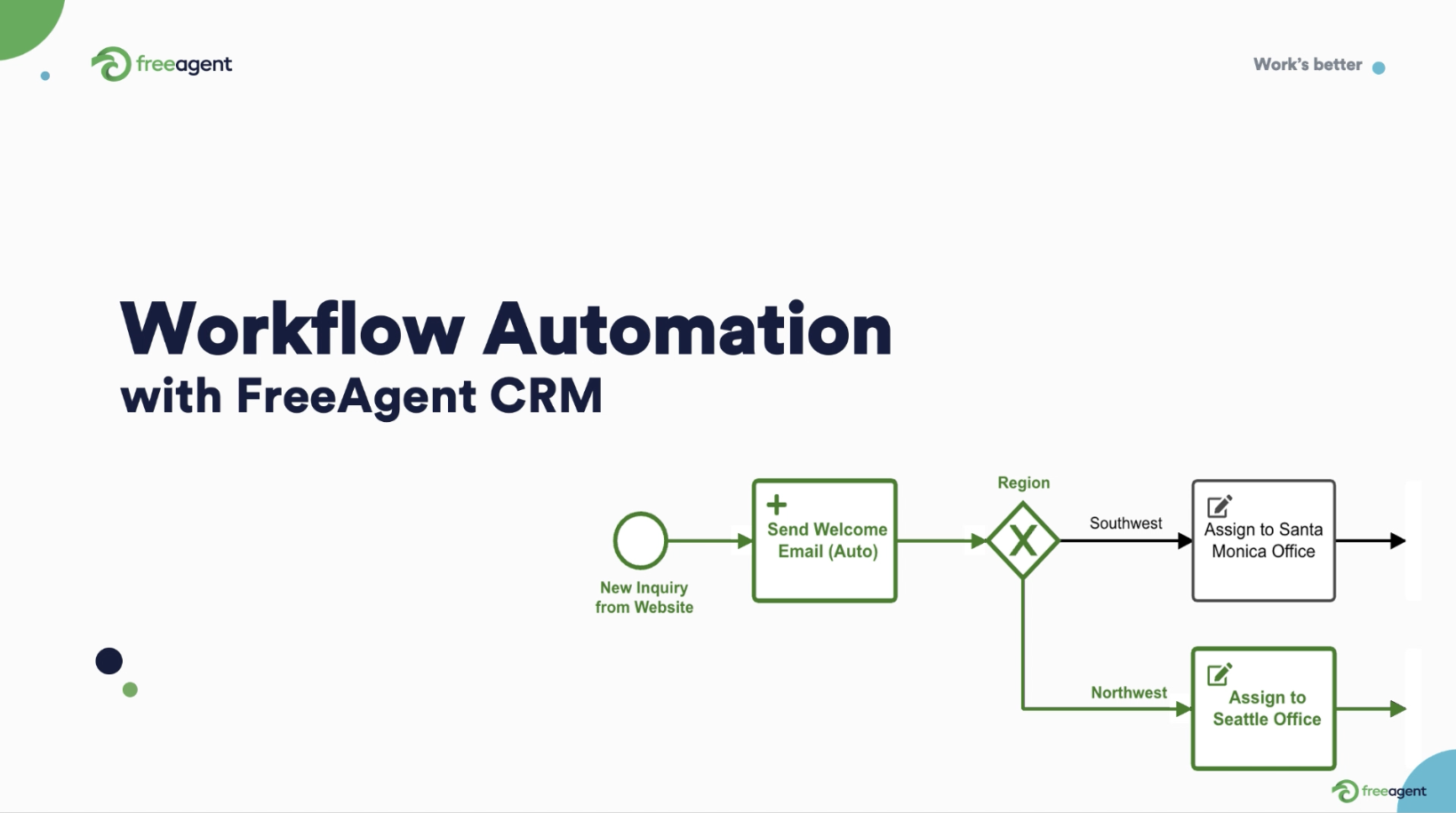Startups are the engines of innovation and economic growth, but only a few succeed.
You’ve probably heard the widely quoted axiom that nine out of 10 startups fail. Whether or not that statistic is precisely accurate, there’s no doubt that launching a startup is risky.
In fact, this data from the Bureau of Labor statistics shows only 80% of startups launched a year before were still in business. Half of startups closed within five years, and 65% of startups failed within a decade.
Figures like these can be a major deterrent for entrepreneurs considering launching a startup.
But what sets startups apart from other new businesses, and why are they so likely to fail?
If you’re reading this, you’re probably a founder or working closely in a startup. In this article, we will discuss some of the major culprits for the high failure rate and what it takes to increase your chances of success.
This way, you can learn to avoid or mitigate these circumstances and propel your startup toward prosperity.
Startup Failure Statistics
Before we dive deep into the reasons so many startups fail, let’s take a quick statistical overview:
- 70% of startups fail in the “idea stage” (source)
- 38% of startups either run out of capital or are unable to gain new investors (source)
- 35% of startup failures can be attributed to an inability to accurately read market demand (source)
- 23% of failed startups cite team issues as a major contributing reason (source)
What Sets a Startup Apart from Other Businesses?
A startup is different from other businesses in several key ways.
Startups are typically focused on developing and bringing a new product or service to market — in other words, being able to innovate.
They aim to solve problems in unique and untested ways and often look to challenge established players in their respective industries.
These products do not have high competition in the initial stages of the launch. This gives startups a monopoly hold in the market.
Startups often have a smaller and more agile team that can swiftly change or update their strategy based on market feedback. In contrast, established businesses tend to have larger and more complex organizational structures that can slow down their ability to innovate.
Secondly, startups are often characterized by their ability to rapidly scale and grow. This is a result of their leaner organizational structure, which allows them to make decisions faster.
With a small, highly focused team, startups are well-positioned to take advantage of new market opportunities and can quickly expand their offerings to emerging markets.
In contrast, established businesses tend to grow at a more measured pace, heavily relying on proven business models and established systems.
These are some of the reasons startups have a lot of support from big business tycoons and promoters.
Startups Attract a Lot of Venture Capital
2017 saw a decade high of $155 billion in venture capital funding.
The following are some examples of “unicorn” companies that attracted enormous amounts of venture capital. Unicorn companies are those that reached a valuation of $1 billion without being on the stock market.
1. Airbnb is a home-sharing platform valued at over $100 billion. It attracted venture capital due to its large and growing market opportunity, innovative business model, and strong network effects.
2. SpaceX is a privately-held space exploration company founded by Elon Musk that is valued at over $36 billion. The firm draws venture capital due to its ambitious goals of reducing the cost of space travel and enabling human settlements on other planets.
3. Stripe is a payment technology company that enables businesses to accept payments and manage their finances online. It is valued at over $95 billion.
4. Epic Games is a video game developer and publisher valued at over $17 billion. It’s best known for creating Fortnite.
Why So Many Entrepreneurs Go the Startup Route
Startups are the new business fashion.
By the end of 2023, 55% of entrepreneurs are expected to leave their current jobs and start their own businesses.
According to Corporate Affairs Ministry data, more than 165,000 new companies were set up in 2022, which is a whopping 7.5% increase from 2021.
There are many reasons why entrepreneurs choose startups.
Some are driven by a desire to be their own boss, while others are drawn to the fast-paced and dynamic nature of the startup world with the potential for very high returns on investment.
One in 10 business owners in America have committed more than $100k of their own money, and one in eight entrepreneurs have raised at least $100k for a new firm.
Successful startups like Airbnb and Tesla are just a few examples of companies demonstrating the potential for startups to disrupt traditional industries, solve problems in new ways, and achieve tremendous growth and success.
Despite all this, more startups fail compared to traditional businesses.
Failure Rates of Startups vs. Traditional Businesses
The failure rate of startups is significantly higher than that of traditional businesses.
According to the Bureau of Labor Statistics, about 50% of traditional businesses survive five years or more while 80 to 90% of startups fail within the first three years.
Why Startups Are So Likely to Fail
Despite the attractive potential rewards, startups are risky ventures and many fail. There are several key reasons why startups are so likely to fail:
1. Funding Issues
One of the biggest challenges facing startups is securing adequate funding.
In the seed stages, startups are able to obtain funds to develop the initial designs of their products and services.
But in subsequent years, the wells go dry. They cannot raise the finances needed to develop their products to finally bring them to the markets.
Some are not able to compete with the advertising budgets of well-established competitor firms in the final stages, even though they were able to budget for everything else.
There have been many startups that went insolvent because of funding issues. Some well-known examples include:
- Solyndra was a solar panel manufacturer that raised over $1 billion in funding before filing for bankruptcy in 2011.
- Jawbone was a wearable technology company that secured over $900 million of funds before shutting down operations in 2017. Interestingly, the firm’s owner promoted another startup after filing for liquidation of the prior firm.
- Foursquare is a location-based social networking app that acquired over $120 million but has struggled to achieve profitability.
- Groupon is a daily deal website that raised over $1 billion but faced challenges scaling its business and encountered declining revenues.
2. Not gauging market demand
Another common reason for startup failure is a lack of market demand for the product or service being offered.
Either the startups initially overestimated their market demand projections or were unable to make their services and offerings palatable to customers.
Further, they could not adapt or modify themselves to the ever-changing market dynamics.
Some examples include:
- Nest Labs was a smart home device maker acquired by Google for $3.2 billion. Despite early success, the company struggled to remain relevant in the competitive smart home market.
- Fitbit is a wearable fitness tracker company that initially saw rapid growth but has struggled to maintain its market position in the face of increasing competition and changing consumer preferences. From 2010 to 2016, its revenue soared from $5 million to over $2 billion. However, it dropped to slightly over $1 billion in 2021.
3. Teamwork issues
Startups are often founded by a small group of individuals who are passionate about their idea but lack the skills and experience to build a successful business.
This can lead to disagreements over the direction of the company, conflicts between team members, and a lack of cohesion that can impact the success of the business.
There have been many startups that were plagued by internal conflicts, even though they had promising products and even favorable market conditions.
- WeWork is a co-working space provider that faced significant internal conflict and issues with its leadership team. This led to the departure of its CEO and the cancellation of its initial public offering (IPO).
- Uber is the famous ride-sharing company that surprisingly faced significant internal conflicts and issues, including allegations of toxic work culture and harassment.
4. Tech Problems
Startups that are heavily reliant on technology are at a higher risk of failing if they are unable to resolve the hitches effectively from both the designers and the users’ front.
This can include issues with the software, hardware, or network infrastructure, resulting in severe revenue loss, decreased customer satisfaction, and a negative impact on brand reputation.
For example, Google Wave was a startup that aimed to revolutionize the way people communicate and collaborate online. However, the product was buggy and had a user interface that wasn’t easy to use. Users found it difficult to utilize the program for everyday use. The startup eventually shut down.
5. Operations Problems
Startups that are unable to effectively manage their operations are also at risk of failing. However, this is true for every business.
The management operations include effective supply chain management, production and distribution, and other everyday processes.
Blue Apron is a startup that aims to make meal planning and preparation easier by delivering pre-portioned ingredients and recipes to customers’ doors.
However, the company faced a lot of management issues. This led to the company’s declining performance and loss of market share.
In addition to the above-mentioned points, other factors that contribute to the high failure rate of startups include competition from larger and established companies as well as legal and regulatory challenges.
Which Verticals Have the Highest Startup Failure Rates?
The startup failure rate varies by industry, with some verticals having greater failure rates than others.
According to this report, 63% of new businesses within the information vertical fail in the first four years. This is the highest failure rate among all industries.
Here are the failure rates for new businesses in other industries:
- Transportation and utilities at 55%
- Retail at 53%
- Construction at 48%
- Manufacturing at 51%
- Mining at 49%
- Wholesale at 46%
- Services at 45%
- Agriculture at 44%
- Education and Health at 44%
- Finance, insurance, and real estate at 42%
Check out the detailed study of startup failure rates across different industries here.
Conclusion
Although the startup failure rate is pretty high, as an entrepreneur you need to remember that only startups have the potential to create significant wealth and drive innovation and economic growth.
If you are considering starting a new venture, it is vital to understand the factors that contribute to startup failure and be prepared for the challenges and risks involved.
To increase your chances of success, have a unique and differentiated product, a large addressable market, the ability to scale quickly, and most importantly an effective blueprint to sustain your company.
Remember, the key to a startup’s success is sustainability.
Frequently Asked Questions
Here are answers to some of the most common questions about startups
Which Country Is Number 1 in Startups?
Countries that are often cited as being startup hubs include the United States, the United Kingdom, and Israel.
These countries have thriving ecosystems for new ventures, with a high concentration of venture capital firms, accelerators, and support networks for entrepreneurs.
However, there is no single country that is the leader in startups.
The success of startups is dependent on multiple factors. These include the local economy, the regulatory environment, and the availability of funding enterprises.
Which Industry Is Best for Startups?
Industries that are often cited as being favorable for startups include technology, e-commerce, and healthcare, as these industries have the potential for rapid growth and high returns on investment.
In 2022, retail (storefront, eCommerce, or other) accounted for 15.05% of all industry revenue. Business services at 10.1% came very close behind food and restaurants at 13.71%. Health, beauty, and fitness services at 9.71% and residential and commercial services at 9.33% made up the final two industries in the top five. All 14 of the remaining categories accounted for less than 6%.
Which Startups Are Most Profitable?
Startups in the technology and e-commerce industries have the potential for rapid growth and high returns on investment.
Typically, any startup that has a unique and differentiated product, a large addressable market, and the ability to scale quickly is going to eventually yield a lot of profit.






